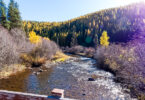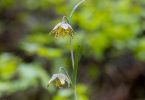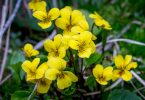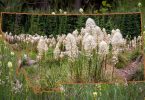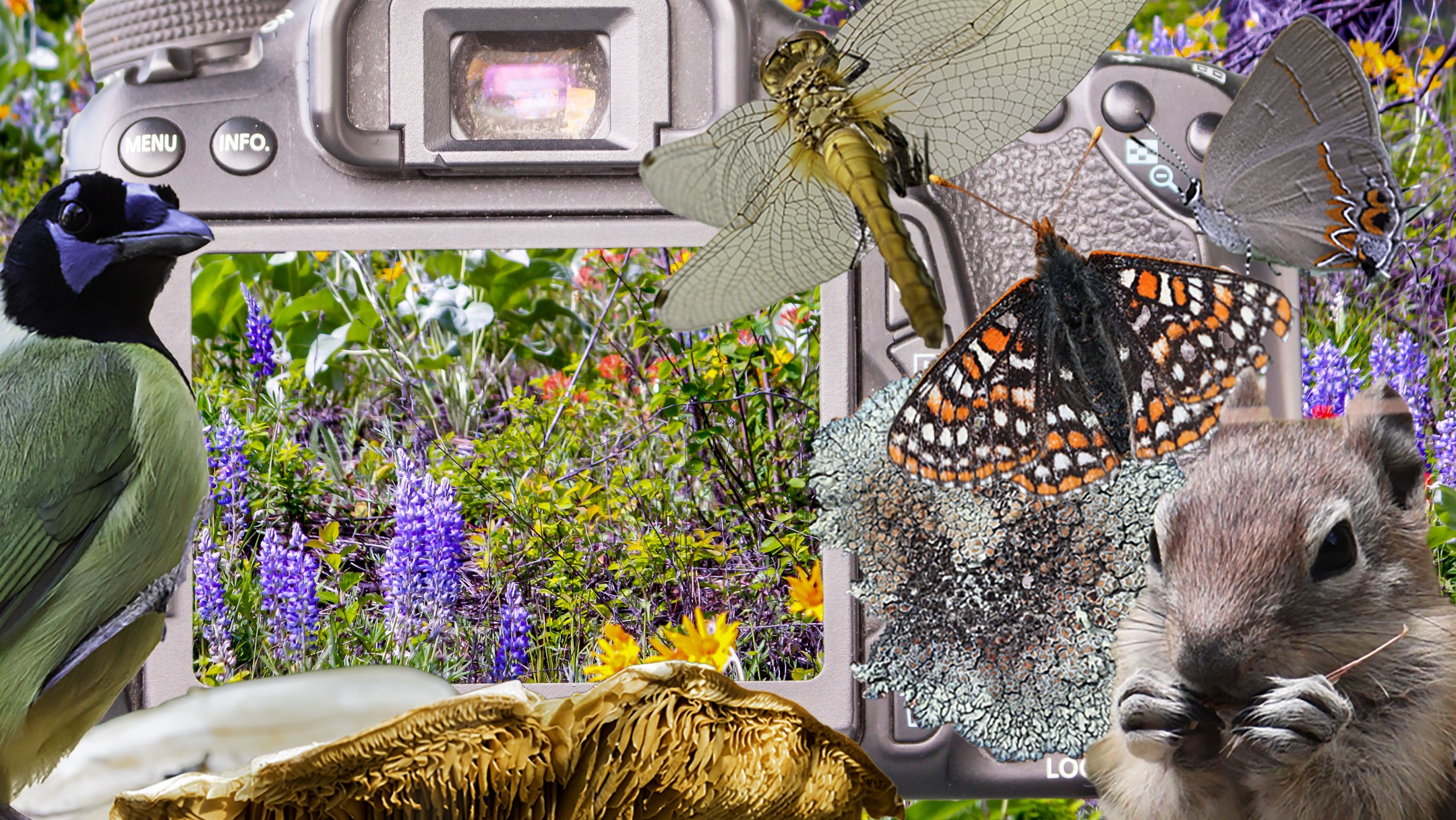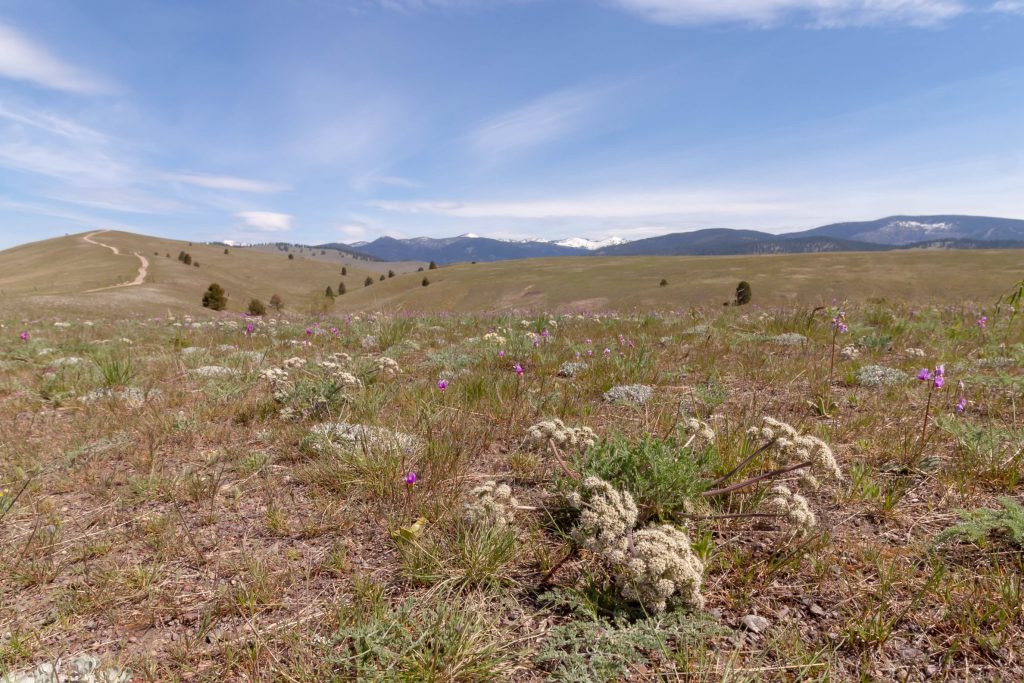
Identify twelve different wildflowers on your next spring hike up Waterworks Hill with the help of the photos in this post. The species highlighted are all visible from the main trails without using binoculars. Most plants are immediate the trail edge. No need to trample vegetation for a look.
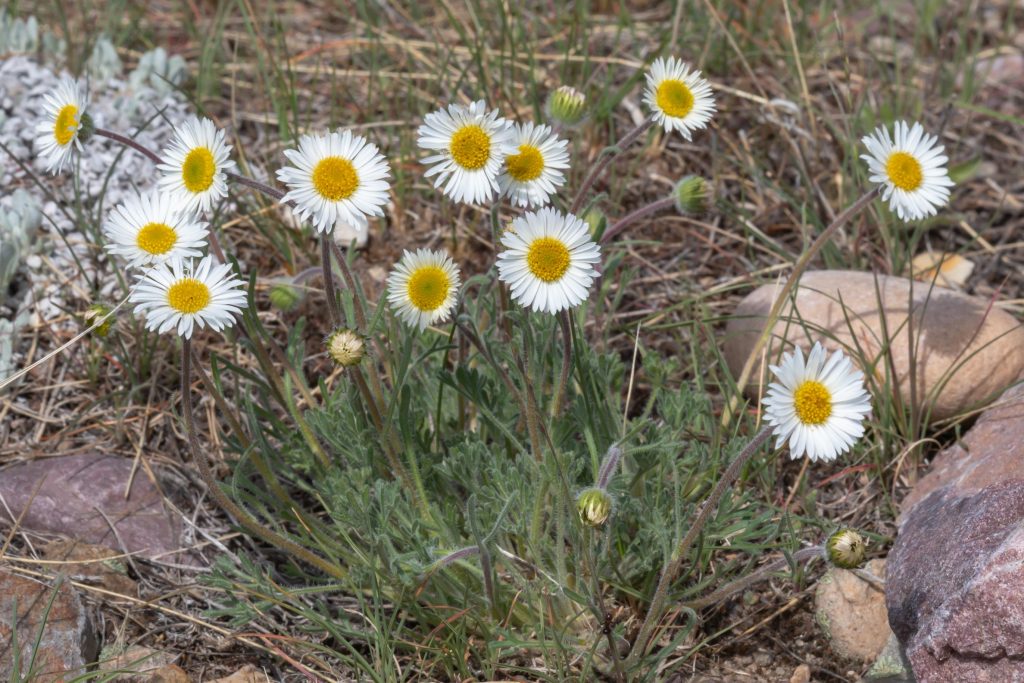
Visuals strengthen learning
You might want to pack an inexpensive point and shoot camera to capture images of the plants. By doing so you will learn the different species faster and have a longer term retention. Most of the twelve species pictured here are considered common in appropriate habitats throughout western Montana in early May.
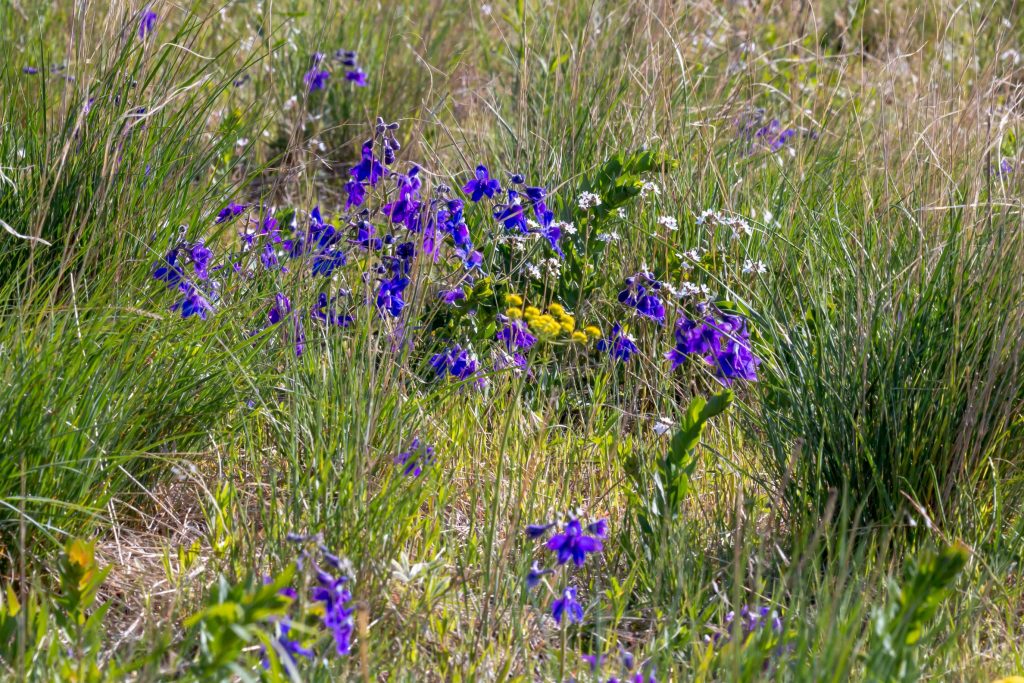
Use flower colors as a first step to identification:
| Species | Color |
| Arrowleaf Balsamroot (Balsamrhiza sagittata) | Yellow |
| Nineleaf Biscuitroot (Lomatium triternatum) | Yellow |
| Oval-leaf Buckwheat (Eriogonum ovalifolium) | White, red, yellow |
| Cutleaf Fleabane (Erigeron compositus) | White |
| Little Larkspur (Delphinium bicolor) | Purple |
| Wyeth’s Lupine (Lupinus polyphyllus var. humicola) | Blue |
| Large-fruit Desert Parsley (Lomatium macrocarpum) | White |
| Missoula Phlox (Phlox kelseyi var. missoulensis) | White, pink, blue |
| Dropseed Rockcress (Boechera pendulocarpa) | White |
| Bonneville Shootingstar (Dodecatheon conjugens)* | Magenta |
| Western Wallflower (Erysimum asperum) | Yellow |
| Small-flower Woodland-star (Lithophragma parviflorum) | White |
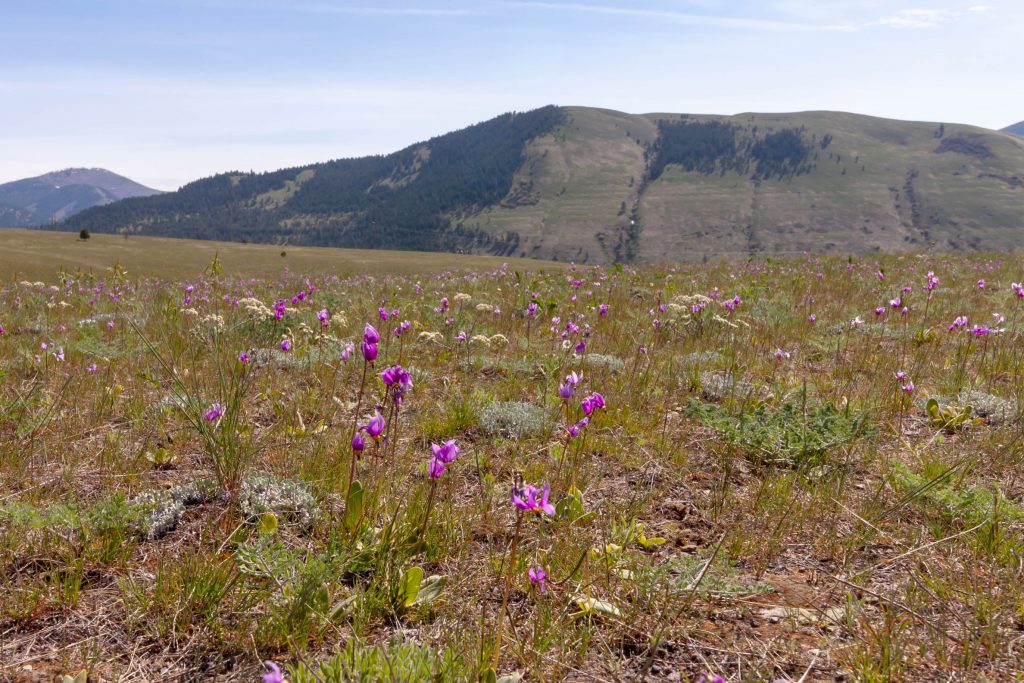
Note there is only one wildflower blue colored, Wyeth’s Lupine. The only magenta colored flower* is a shootingstar which has a very similar twin species. Both shootingstar species can be identified by determining wrinkles on the flower’s connective tissue covering the anthers. That leaves three that are yellow only; four that are white only and two that are a mix of color.
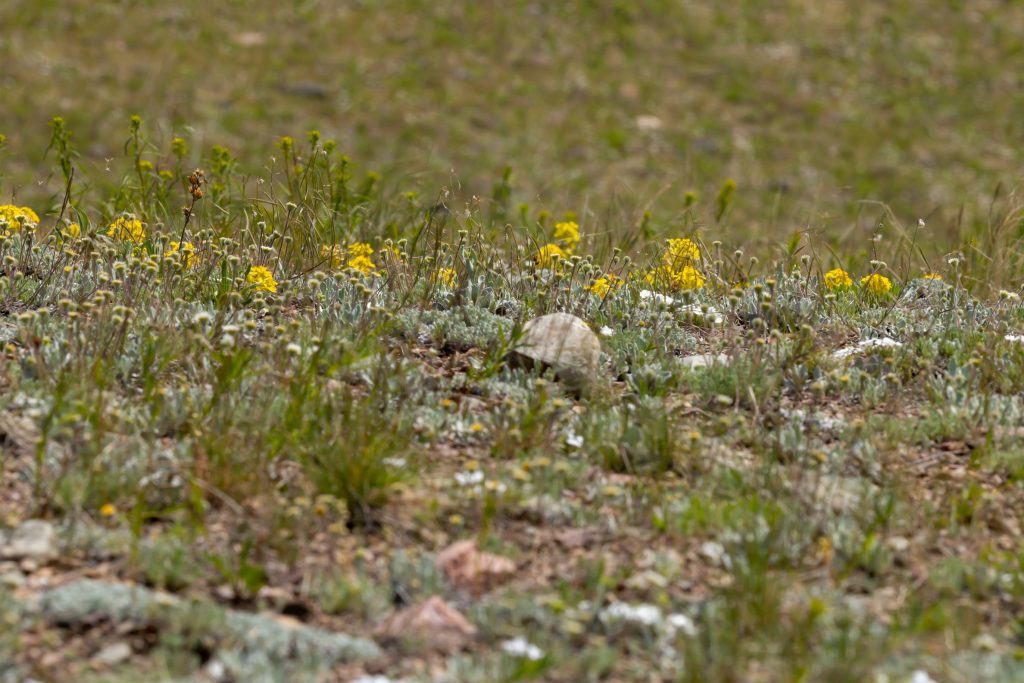
Separating wildflowers of similar flower color now advances to structural differences of the plants. This is pretty easy as everyone can immediately discern shape and size rather quickly. But, if you would like a little more formal guidance (what-to-look-for), access the alt text and the caption for each image. You won’t need 10,000 hours of work to link color with identification, just a little repetition will lead you to identification enlightenment.
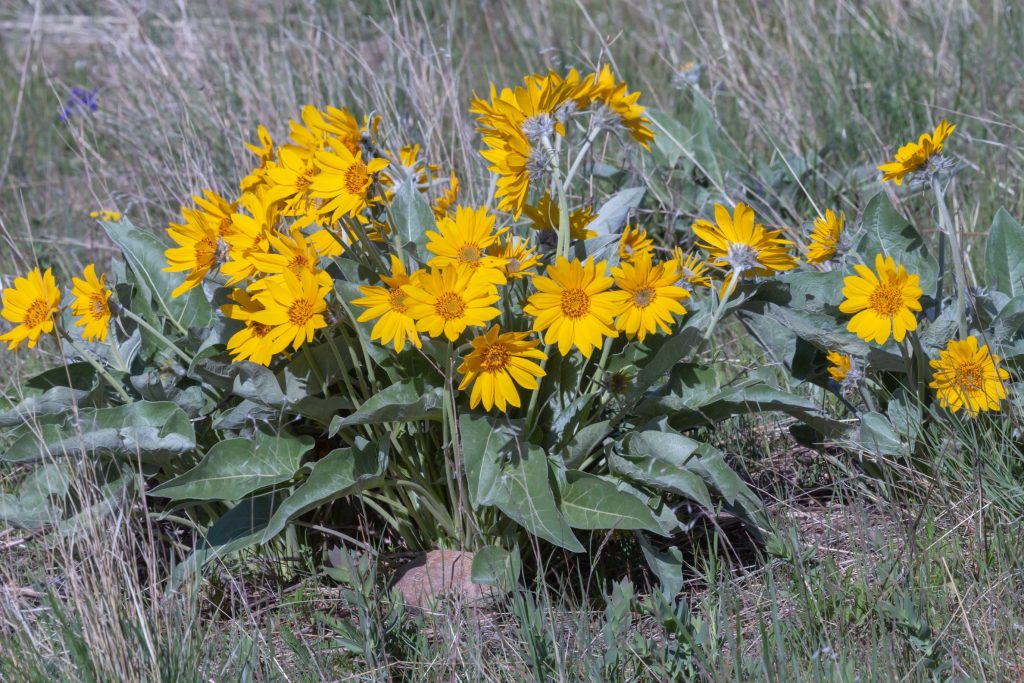
Arrowleaf Balsamroot is hard to miss and misidentify; it is large with sunflower like flowers
Quality of life
We have a lot to be thankful for living in this part of Montana. Wildflowers are a reminder that biology and aesthetics are part of the story. Slow down, smell the roses and reflect. Form a more personal connection with nature. Don’t you think nature had a part in creating the American psyche? Waterworks Hill is living history, a glimpse of the beauty and challenges of native Americans and pioneers eking out a life in a rugged country.
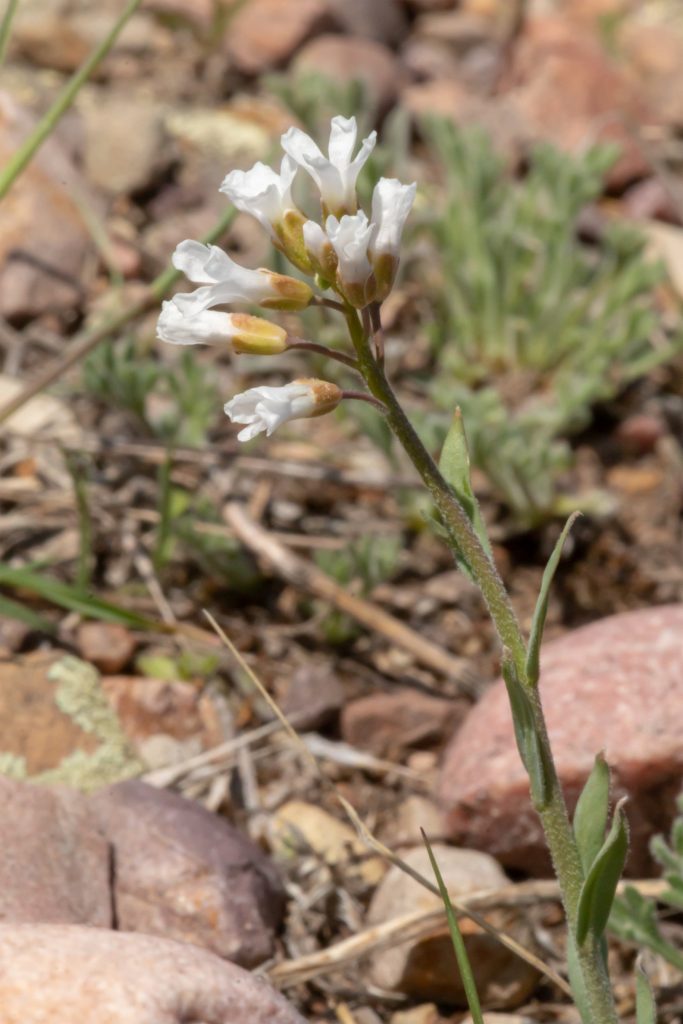
Flower phenology
Will you see all the pictured species? Probably not if you hike the hill irregularly. Some of these plants flower for only a short period. Weather, climate play a role in when and how much flower action there is on the Hill. I photographed Mountain Douglasia in late April, two weeks later I did not find any!
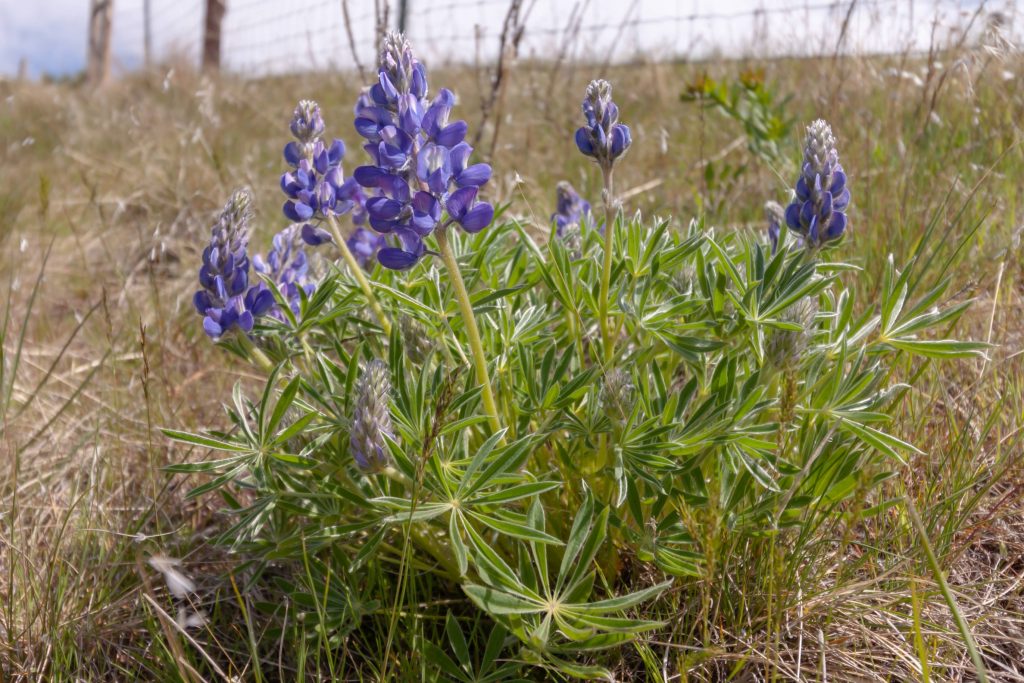
Rob Chaney of the Missoulian summarized April 2019 weather as the fourth wettest and the coldest start to a spring since 1979. In response plant activity has been definitely behind the ‘usual schedule’. Knowing these limiting factors will keep you out of the ‘frustration ditch’. Regularly walking the trail at Waterworks Hill will have you breathing hard from the recreation of it all, but also the anticipation of discovery 🙂
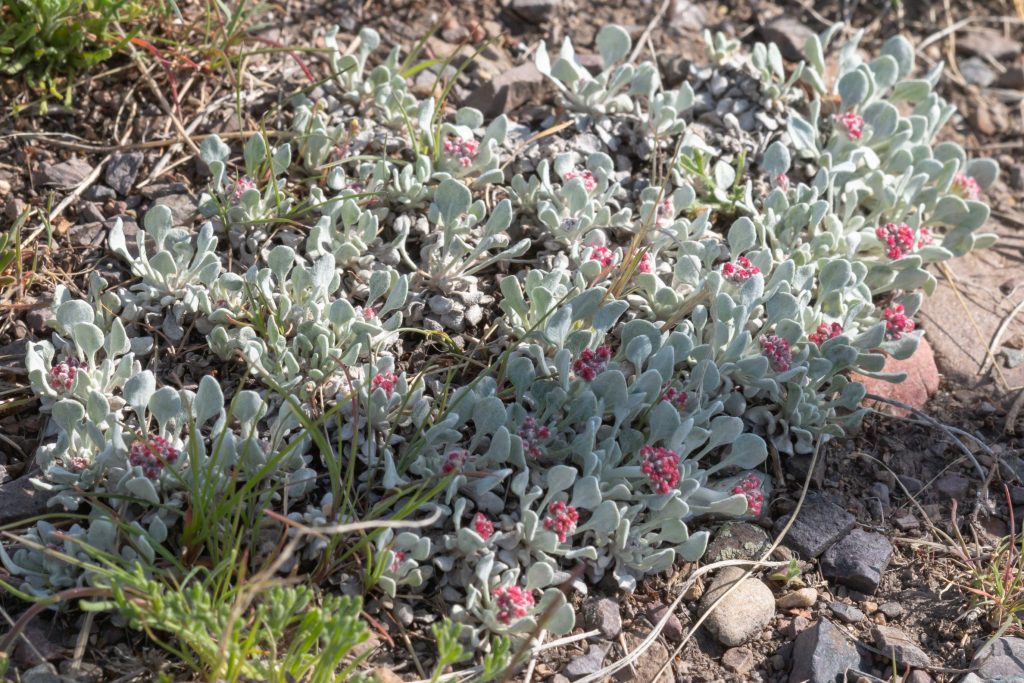
Achievement
You will now be able to apply your newly acquired and basic wildflower identification skills to other wild areas of the Bitterroot or Five Valley’s. Maintain your efforts and this will become second hand. Here are some visual resources to build your skillset:
| Book title | Author(s) |
| Wildflowers of Glacier National Park and Surrounding Areas (2010) | Shannon Fitzpatrick Kimball, Peter Lesica |
| Wildflowers of Montana (2005) | Donald Anthony Schiemann |
| Wildflowers of the Pacific Northwest (2006) | Mark Turner, Phyllis Gustafson |


